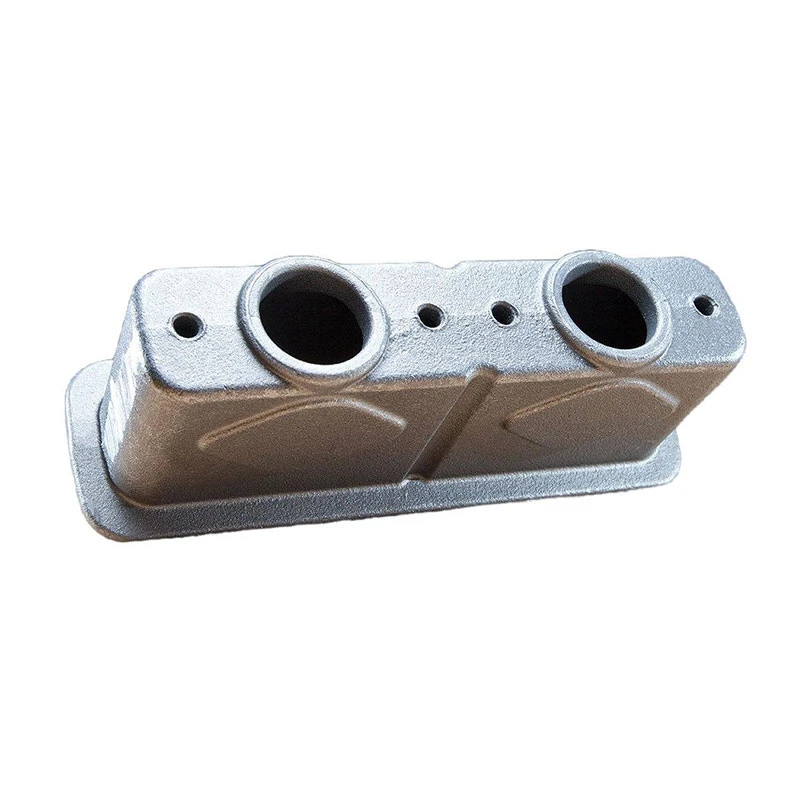stamp mill parts
Understanding the Components of a Stamp Mill
A stamp mill is a heavy machine used for crushing and grinding ores, particularly in the mining industry. Originally employed during the California Gold Rush, stamp mills played a pivotal role in the extraction of valuable minerals. The essential components of a stamp mill are intricately designed and work in unison to maximize efficiency in ore processing. This article delves into the key parts of a stamp mill and their functionality.
1. Stamp Battery
The stamp battery is the heart of the stamp mill. It typically consists of a series of heavy metal stamps, each of which can weigh from several hundred to a few thousand pounds. The stamps are arranged in a vertical position and are dropped onto the ore at regular intervals. When the stamps are lifted and then released by a cam mechanism, they fall under gravity, crushing the ore into smaller pieces. The number of stamps in a battery can vary, but it's common to see configurations that include 5, 10, or even 20 stamps.
2. Cam Mechanism
The cam mechanism is crucial for the operation of the stamp mill. This component controls the lifting and dropping of the stamps. It consists of a rotating shaft connected to a series of cams, which engage with each stamp. As the shaft rotates, the cams elevate the stamps sequentially and release them, allowing for a continuous crushing action. The design of the cam can influence the speed at which the stamps operate and, ultimately, the efficiency of the milling process.
3. Mortar Box
The mortar box is where the crushed ore is collected. It is located directly beneath the stamp battery and is designed to contain the ore during the crushing process. The mortar box has a series of openings that allow the fine material to exit while retaining larger chunks of rock. Linked to the mortar box may be a sluice or another method of collection to separate valuable minerals from waste material.
4. Discharge Area
Once the ore is crushed into a fine powder, it needs to be removed from the mortar box. The discharge area is an essential component that facilitates the movement of crushed ore out of the mill. This area may employ various methods, including chutes and conveyors, to transport the material to other processing stages, such as concentrating or smelting.
stamp mill parts

5
. Power SourceA stamp mill requires a significant amount of power to operate effectively. In the early days, steam engines and water wheels were commonly used to power stamp mills. Today, electric motors can be employed, providing more consistent power while reducing maintenance needs. The choice of power source can influence the overall efficiency and operational costs of the mill.
6. Frame and Foundations
The frame is the structural component that holds all the other parts of the stamp mill in place. It is designed to withstand the heavy loads generated by the stamping process. The foundation must also be robust, often consisting of reinforced concrete, as the vibrations from the operation can lead to structural integrity issues over time. Proper frame and foundation design are critical to ensure that the stamp mill operates safely and efficiently.
7. Feed Hopper
The feed hopper is the entry point for ore into the stamp mill. It is designed to transport and regulate the flow of material to the stamp battery. The design of the feed hopper is crucial as it ensures that ore is fed evenly and consistently to the stamps, optimizing the crushing process.
8. Control Systems
Modern stamp mills often incorporate control systems to monitor and adjust various aspects of the milling process. These systems can automate the timing of the stamp drops, monitor the power consumption, and even analyze the particle size distribution of the crushed ore. This technology helps in improving the efficiency of the milling process and allows for real-time adjustments based on operational feedback.
Conclusion
Stamp mills serve an essential function in the mining industry, particularly for the extraction of precious metals. Understanding the various parts of a stamp mill and their interrelated functions can provide insight into the complexities of ore processing. As technology advances, stamp mill designs continue to evolve, integrating new materials and methods to enhance efficiency and sustainability in mineral extraction. Whether in historical contexts or modern applications, the stamp mill remains a fundamental piece of equipment in the pursuit of valuable ores.
-
Precision Casting AI Solution with GPT-4-Turbo | Optimized QualityNewsAug.02,2025
-
Precision Sheet Metal Stamping Manufacturer | Fast & ReliableNewsAug.01,2025
-
OEM Sand Cast Pump Valve Fittings - Baoding Hairun Machinery And Equipment Trading Co., Ltd.NewsAug.01,2025
-
Custom OEM Impellers | High Efficiency & PrecisionNewsAug.01,2025
-
OEM Sand Cast Pump Valve Fittings - Baoding Hairun Machinery | Customization, Quality AssuranceNewsAug.01,2025
-
OEM Sand Cast Pump Valve Fittings - Baoding Hairun Machinery And Equipment Trading Co., Ltd.NewsAug.01,2025















